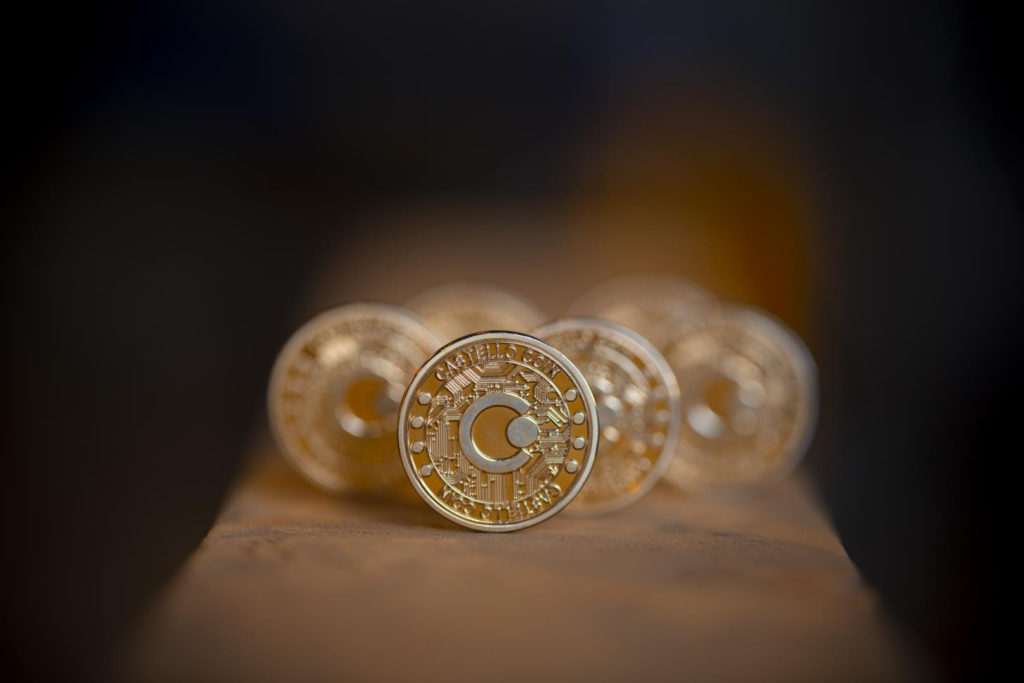
2023-11-23 19:50 |
The lack of concrete regulations in the crypto industry has the unintended effect of drawing traditional financial institutions into the space, looking to cater to the growing number of institutional investors who desire to participate.
TradFi’s push into crypto is not driven by the ideological dream of a decentralized financial system that provides freedom for all, nor a desire to “bank the unbanked”. Rather, it’s a natural occurrence driven by market demand – a kind of push and pull effect – though it may well still result in the dreams of an alternative financial system one day becoming a reality.
Increasingly, TradFi institutions are pushing into the crypto space in order to seize what they believe is a lucrative business opportunity. As one enters the space, it draws in others who’re wary of missing out. At the same time, institutional investors are pulling TradFi firms in because the crypto industry has failed to create the regulatory climate they need. Without it, most will not risk getting involved.
CME Makes Its Mark On BitcoinThe recent news that the Chicago Mercantile Exchange has surpassed Binance as the top Bitcoin futures exchange is just the latest example of this trend. Last week, the CME’s open interest (OI), which is the industry term for the value of existing futures contracts, hit $4.07 billion, ahead of Binance’s $3.8 billion.
The CME is a lynchpin of TradiFi, covering a wide gamut of financial, agricultural and commodity-based futures options. It overtook Binance at a time when Wall Street firms such as BlackRock and Grayscale are believed to be edging closer toward the launch of the first Bitcoin and Ethereum ETFs. If successful, BlackRock will open up crypto investing to a much broader range of investors. The rise of CME in Bitcoin futures suggests growing institutional demand for the asset, as its tightly regulated platform is used almost exclusively by TradFi institutions.
CME’s rise is not surprising, as TradFi investors generally have a strong preference for hedging their bets with traditional institutions that offer a diversified and open balance sheet. Binance, in contrast, is an extremely opaque platform with little regulatory oversight. The onboarding practices at CME are very familiar to TradFi investors, having been shaped by decades of close cooperation with regulatory bodies such as the U.S. Securities and Exchange Commission and the Commodity Futures Trading Commission.
Stablecoins Becoming Fiat-LikeAt the same time, stablecoins are evolving too. These days, instant settlement and derisking are no longer the value propositions they once were. Instead, investors seek qualities such as transparent and attested backing, well-developed payment rails and custodial services, liquidity and yield.
At the same time, DeFi stablecoins not backed by fiat are changing too. Even after the collapse of the once preeminent UST stablecoin, the DeFi industry continues its experiments. Whereas the earliest stablecoins, such as FRAX, were focused on improving capital efficiency, newer tokens such as Ondo Finance’s OMMF are exploring ways to increase yield to users. Essentially, they’re trying to replicate the returns of the TradFi world within DeFi.
As such, it’s unclear if the two biggest stablecoins – USDT and USDC – will retain their dominance of the industry. It is inevitable though, that they will be challenged by alternatives looking to import outside yields, as well as traditional institutions who are currently exploring the idea of central bank digital currencies (CBDCs).
TradFi Muscles In On CEX StalwartsCrypto exchange platforms are facing more competition too. Incumbents such as Binance and Coinbase are now sitting in the crosshairs of the SEC, and they could face very dire consequences. In the case of Binance, the SEC alleges that the company has violated its securities laws by allowing U.S. customers to trade on Binance.com, as opposed to the more regulated Binance.us platform. Meanwhile, Coinbase is alleged to have earned billions of dollars by allowing the unlicensed trade of “crypto asset securities” through its staking-as-a-service program, which the SEC says was deliberately not registered, putting U.S. investors at risk.
Now, TradFi institutions are looking to take advantage of the growing uncertainty around crypto-native exchanges. MultiBank, which has established a reputation as a hub for traditional derivative products such as forex, shares, metals, indices and commodities, has recently expanded into the crypto industry with its MultiBank.io platform. It has pioneered a crypto spot exchange and is now planning to launch a futures exchange, too, complete with copy trading features.
MultiBank has become a significant player in the global financial derivatives market and is one of the most regulated platforms in the world, with more than 12 licenses worldwide. With the launch of MultiBank.io, its mission is to create a trusted crypto trading ecosystem that leverages its established reputation for security and regulatory compliance built in the TradFi world.
DeFi/TradFi HybridsPlatforms such as MultiBank.io are among the first generation of what may well come to be termed “hybrid institutions” that operate across both decentralized and centralized finance. Increasingly, firms on both sides of the equation are moving to the center. Crypto platforms are becoming more like TradFi, while TradFi platforms are building operations in the DeFi space.
For instance, Coinbase itself has become a listed company on the NASDAQ exchange and is now offering futures to retail investors. At the same time, the FRAX stablecoin is exploring opportunities to generate yield for holders by investing in U.S. treasury bills and other traditional financial instruments. Then there are the exchanges, such as MultiBank and Unizen, which is a venue that combines the functions of both centralized and decentralized financial trading platforms.
TradFi’s biggest players are also moving closer to crypto. JP Morgan now runs its own blockchain network for settling payments and has a daily transaction volume of more than $1 billion, while PayPal has entered the crypto space with Bitcoin and stablecoin assets. Standard Chartered and Nomura both offer custodial services for digital assets, and then there are the likes of BlackRock, Grayscale and Fidelity moving towards their Bitcoin spot ETFs.
Why Is This Good For Crypto?The good news is that the tightening integration of DeFi and TradFi will probably not be the disaster that many advocates of crypto fear. Rather than endangering the vision of decentralization, TradFi can instead catalyze even more rapid innovation in the space with the greater liquidity and rewards it will bring to developers, investors and users alike.
As more institutional investors enter the crypto space, the industry will gain greater legitimacy and diversity, leading to the creation of a more robust ecosystem that provides all of the benefits envisioned by its peers. As more people will benefit, yet more will want to enjoy those same benefits, accelerating the journey to a more equitable financial world.
Similar to Notcoin - Blum - Airdrops In 2024
SpaceCoin (SPACE) на Currencies.ru
|
|
















